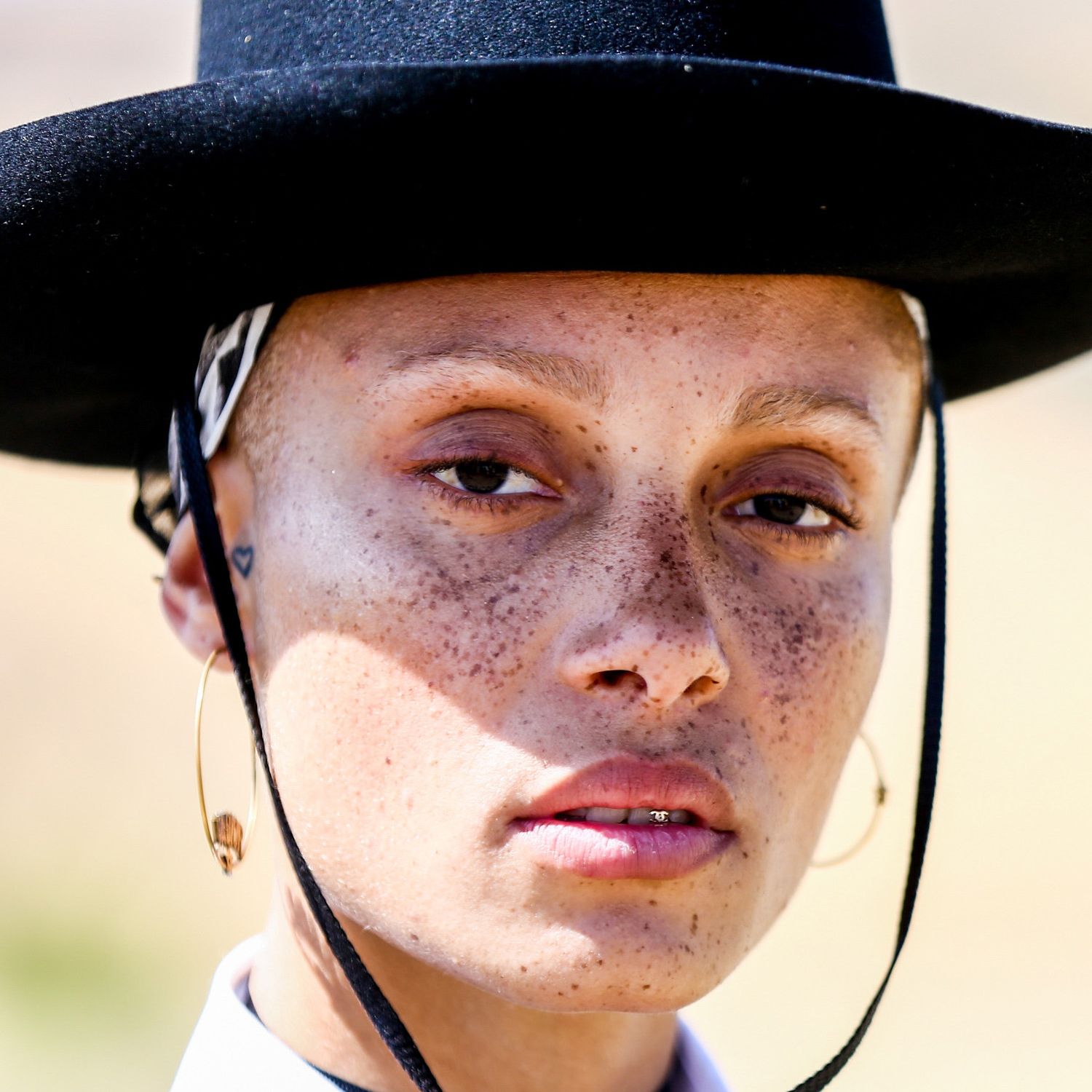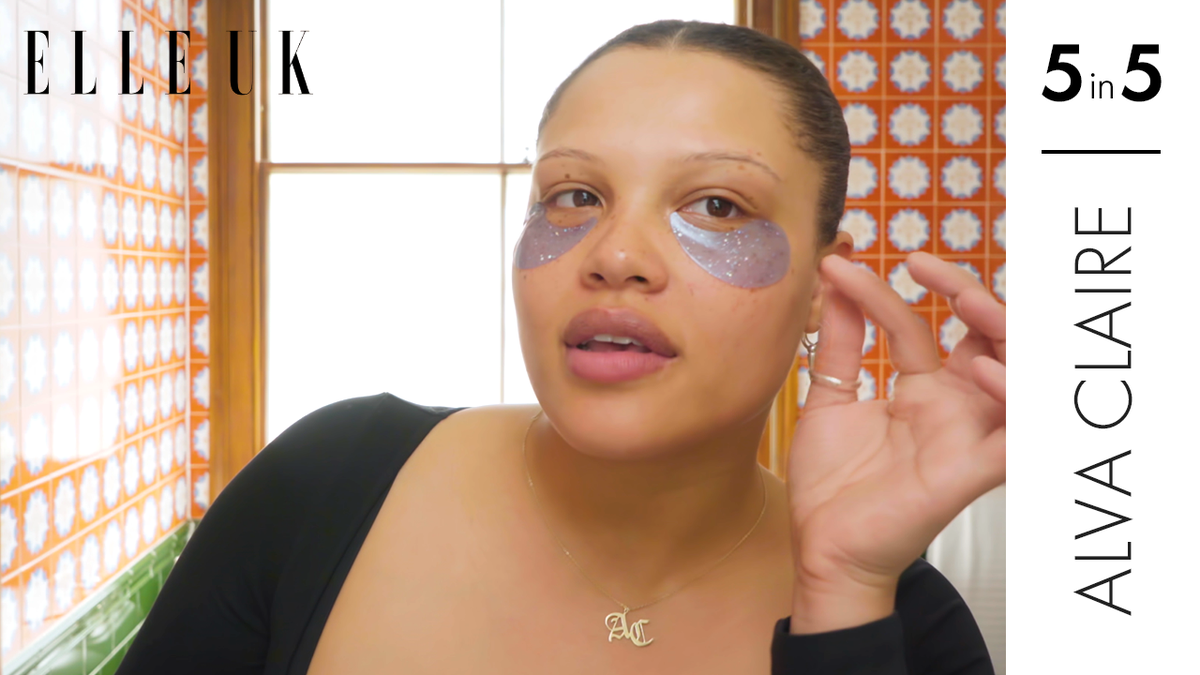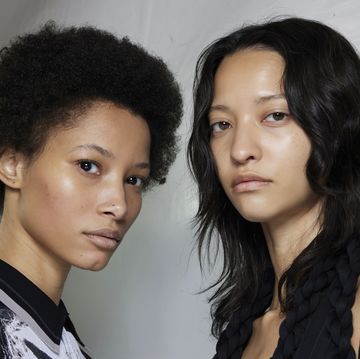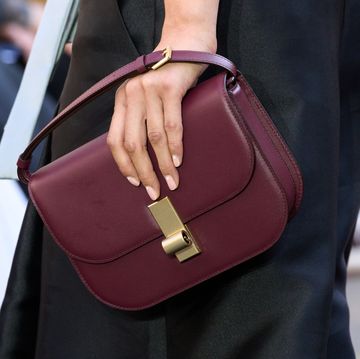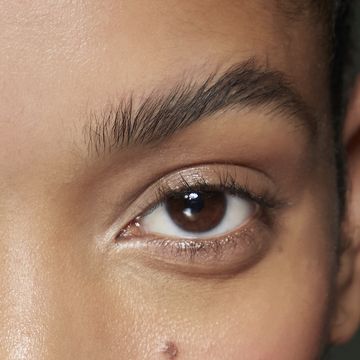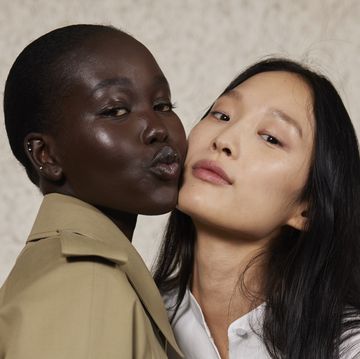Checking your moles - it's not exactly the most glamorous way to spend your time but it is crucial for your skin's health.
With skin cancer topping the list as the most common in the UK it's more important than ever to make sure your moles are looking their best and staying protected with a decent SPF.
Not sure what you're looking for? Get someone to do it for you. Enter the Mole Clinic (yes, that's an actual thing) - the go-to destination for finding out everything you need to know about your moles and getting one step ahead of skin cancer.
Why Should You Get Your Moles Checked?
Whilst most of us were born with a scatter of moles or even developed them as children or in our teens, it's when they start to look abnormal when we need to be cautious. This includes things like moles that have changed colour or isn't rounded in shape.
Checking moles is crucial in diagnosing Melanoma, a type of skin cancer which is the 5th most common cancer in the UK.
Dr Dami Jagun explains what to look out for: 'Melanoma skin cancers derive from the typical dark moles we see on our skin whereas non-melanoma types do not develop from these dark moles'.
'In dark skinned people, the melanoma skin cancers tend to favour the palms, soles and nails and do not look different in comparison to people with lighter skin tones. The non-melanoma skin cancers on the other hand may look like dusky, purplish or skin coloured lumps in darker skin instead of red or pale pearly lumps in lighter skin . In both darker or lighter skin tones, these lumps may also be crusty or scaly'.
If you do see a mole matching these descriptions, don't panic and book an appointment to get it checked by a professional.
Where Can You Get Your Moles Checked?
Head to the Mole Clinic on Argyll St, London, for an appointment. Is it scary? Well, if you haven't always been the best with suncare, have burnt more times than you can count and haven't committed to that daily SPF50 then maybe a little.
Saying that, it's always less scary to take control and be informed about your body, so book in and get those moles assessed by a professional.
What Happens When You Get There?
You'll be greeted by a friendly nurse who chats through the procedure (if you can even call it that, it's very laid back) and after you've stripped down she looks at any moles and freckles under a light and takes pictures of them (a mole map if you will).
She'll send the pictures off to be analysed by a specialist and gives tips on spotting early warning signs in the future (see below). The whole experience only takes about 45 minutes so you can easily squeeze it into a lunch break.
'A thorough exam may start from your scalp, down to your face, ears and neck, then to your armpits, arms, fingers, nails and palms, chest, abdomen, back, buttocks, front and back of legs, toes, and soles. The doctor may also examine your mouth and genital areas' explains Dr Jagun.
Then What?
Three days later you'll be sent an email saying whether you need to go for a follow up session in three months to have any moles rescanned, if they look irregular. This won't necessarily be the case, it all depends on your own personal mole situation.
If you're worried (like we were), you can speak to the clinic where they explain that this is just precautionary and that it's not uncommon for them to ask you to come in for a second visit.
Head back for round two, where they'll take pictures of the 'irregular' moles (which takes about five minutes) and within two days you'll be sent the results. If it's an all clear, then YAS for you, if it's a more complex result, the specialists will guide you through any next steps.
When Should You Get Your Moles Checked?
Even if you're not a moley person it's worth getting checked.
In session one, you'll learn that melanoma (the cause of skin cancer) can form under your nails and between your toes, places you would never think to look out for. And other than the sitting on a stool in your undies bit, it's quick and totally painless.
In the mean time, keep an eye on your moles with The Mole Clinic's ABCDEF checking rules:
A is for Asymmetrical shape where one-half of the mole is unlike the other.
B is for Border irregularity where the mole is irregular, scalloped or poorly defined.
C is for Colour which varies from one area to another or has different shades of tan, brown, black.
D is for Diameter of a mole when it is bigger than 7mm.
E is for Evolving or changing size, shape or colour.
F is for Funny mole, where one mole looks completely different to others.
MOLECheck takes 45 minutes and costs £145 Book Yourself An Appointment
What Is Mole Mapping?
On top of everything we need to remember, it can be difficult to keep track of your moles and keeping an eye on any changes but there is a solution to make it a whole lot easier.
Mole mapping is a great option if you've got so many moles that you can't keep track of new ones. As the name suggests, it creates a digital diary of sorts of your moles.
Using digital photo-dermoscopy, the specialist will take photos of your moles which means you can keep track of where they are and if you spot any changes. It's a great precaution to take against melanoma and will give you a bit of peace of mind too.
Like this article? Sign up to our newsletter to get more articles like this delivered straight to your inbox.
In need of more inspiration, thoughtful journalism and at-home beauty tips? Subscribe to ELLE's print magazine now and pay just £6 for 6 issues. SUBSCRIBE HERE
